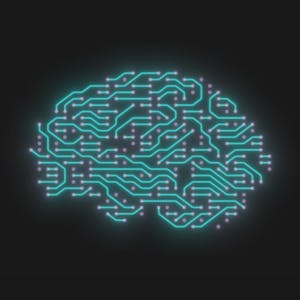This course, the second in the IBM AI Enterprise Workflow Certification specialization, delves into data analysis and hypothesis testing. Through hands-on case studies and practical applications, learners will explore best practices for data visualization, handling missing data, and hypothesis testing. Key topics include estimation with probability distributions, null hypothesis significance tests, and strategies for dealing with multiple testing. By the end of the course, participants will be equipped to create dashboards in Watson Studio, employ common distributions to answer event probability questions, and apply methods for dealing with multiple testing.
Certificate Available ✔
Get Started / More Info
This course is divided into two modules. Module 1 covers data analysis, including exploratory data analysis, data visualization, and handling missing data. Module 2 focuses on data investigation, introducing learners to hypothesis testing, statistical inference, and methods for dealing with multiple testing.
This module, Data Analysis, provides a comprehensive overview of exploratory data analysis, data visualization, and handling missing data. Learners will gain insights into best practices for data visualization, strategies for dealing with missing data, and the application of common distributions to answer event probability questions. The module includes hands-on case studies and quizzes to reinforce understanding of the concepts covered.
Module 2, Data Investigation, delves into hypothesis testing, statistical inference, and methods for dealing with multiple testing. Learners will explore the investigative role of hypothesis testing in EDA, apply several methods for dealing with multiple testing, and gain practical experience in using IBM Watson Studio to create dashboards. The module includes case studies and quizzes to assess comprehension of the concepts presented.
This 5-course specialization delves into advanced machine learning on Google Cloud Platform, teaching you to build scalable, accurate, and production-ready models...
A hands-on 2-hour project training a deep learning model to classify scenery in images and use Grad-Cam for model explanation.
Machine Learning Foundations: A Case Study Approach provides hands-on experience with practical case studies, allowing learners to apply machine learning methods...
Deploy deep learning models with TensorFlow Serving and Docker in this hands-on guided project. Train, deploy, and perform model inference within 90 seconds using...